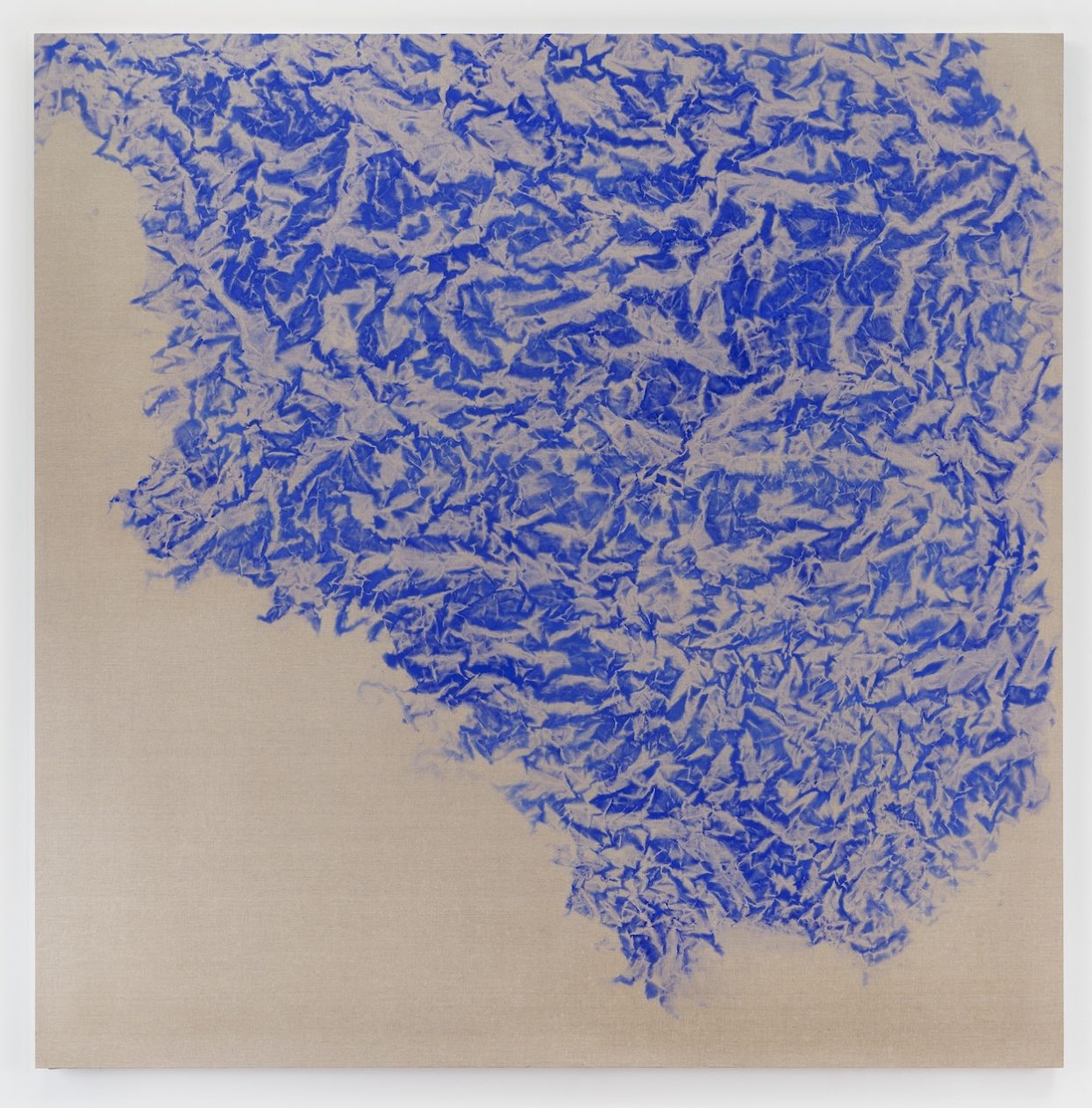Here, we ask an artist to frame the essential details behind one of their latest works.
Bio: Vicky Colombet, 71, New York and Paris (@vicky.colombet)
Title of work: Flying Back Home (2024).
Where to see it: “Flying Back Home” at Fernberger Gallery (747 N Western Ave, Suite B, Los Angeles) until December 21.
Three words to describe it: Abstract, landscape, aerial.
What was on your mind at the time: “Flying Back Home” is the title of the exhibition. I became American in 2013. I am traveling and crossing the Atlantic quite often, looking from above, a metaphor of life and choices between two countries. The before and after. France, where I am coming from, and America where I chose to live. The aerial views of water unfolding and folding, the coastlines of the East Coast appearing as I am almost back home. Coastlines are fractals and are quite identical East or West, a question of details and scales. Aerial views and fractals are important characteristics of my work.


